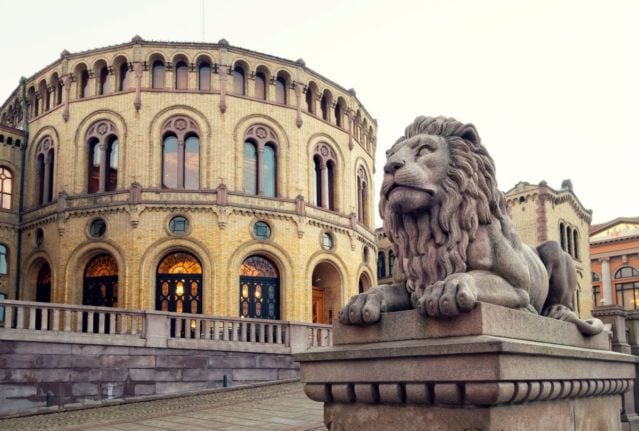Inflation is slowing
Norway’s Consumer Price Index, CPI, which measures changes in prices for household goods and services, has slowed yet again.
Between April last year and the same month this year, prices in Norway rose by 3.6 percent. It marks the third time that price increases have been below four percent since the start of 2022.
The figures, released by Norway’s national data agency Statistics Norway, mark the fourth month in a row where the 12 monthly inflation figure has been lower than the yearly figure from the month before. This means prices are rising less rapidly than before.
“Price growth decreased for the fourth month in a row in April. Prices are still higher than they were at the same time last year for most goods and services, but they are generally rising more slowly than before,” Espen Kristiansen at Statistics Norway said.
Food remains one of the biggest contributors to inflation
The price of food and non-alcoholic beverages rose by 3.3 percent from March to April, according to Statistics Norway.
Chocolate, soft drinks, coffee, and citrus foods saw the biggest price increases, which the national data agency called “unusual.”
What wasn’t unusual, however, was the cost of food rising following Easter, when many supermarkets ran offers to compete for customers.
“The rise must be seen in the context of the fact that large offer campaigns in connection with Easter dampened prices in March,” Kristiansen said.
The figures for April show that food prices in Norway have increased by 6.8 percent compared to a year ago.
The rising cost of food and drink in Norway could potentially outgrow wages this year, even if expected pay bumps will outpace forecasted inflation overall.
Economists expected inflation to fall more
Inflation hasn’t eased as much as some experts were expecting. Core inflation, which excludes energy prices and taxes, was measured at 4.4 percent year on year in April. This is above what economists surveyed by the newswire Reuters expected.
Norges Bank, the country’s central bank, raised the policy rate to a 16-year high of 4.5 percent in December. The bank has said that inflation should generally be around two percent, so it has used interest rates to curb price increases.
As inflation isn’t falling much quicker than expected, economists predict that the central bank may wait until December before slashing rates – which for consumers means that loan and mortgage repayments will remain high for the foreseeable future.
“The fall in inflation has not been much greater than Norges Bank has thought. This, therefore, indicates that an interest rate cut may come in December instead of September,” Kjersti Haugland, chief economist at DNB Markets, told public broadcaster NRK.



 Please whitelist us to continue reading.
Please whitelist us to continue reading.
Member comments